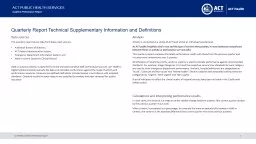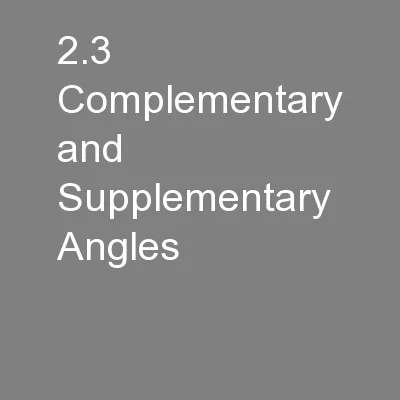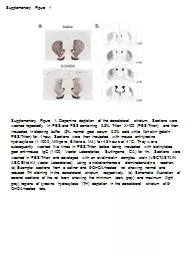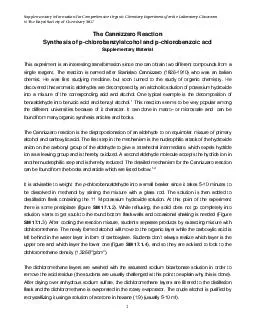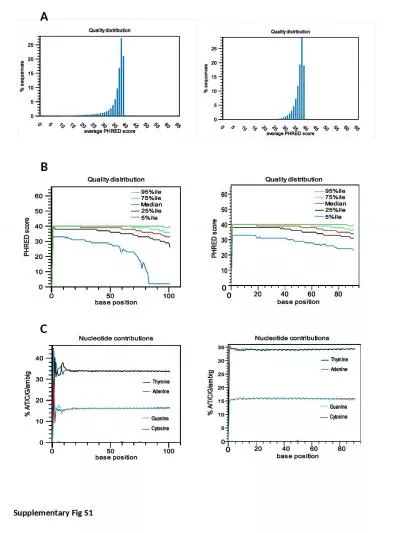PPT-Quarterly Report Technical Supplementary Information and Definitions
Author : audrey | Published Date : 2022-06-11
Analysis Activity is conducted at a wholeofACT level and at an individual hospital level As ACT public hospitals vary in size and the type of services they provide
Presentation Embed Code
Download Presentation
Download Presentation The PPT/PDF document "Quarterly Report Technical Supplementary..." is the property of its rightful owner. Permission is granted to download and print the materials on this website for personal, non-commercial use only, and to display it on your personal computer provided you do not modify the materials and that you retain all copyright notices contained in the materials. By downloading content from our website, you accept the terms of this agreement.
Quarterly Report Technical Supplementary Information and Definitions: Transcript
Download Rules Of Document
"Quarterly Report Technical Supplementary Information and Definitions"The content belongs to its owner. You may download and print it for personal use, without modification, and keep all copyright notices. By downloading, you agree to these terms.
Related Documents

